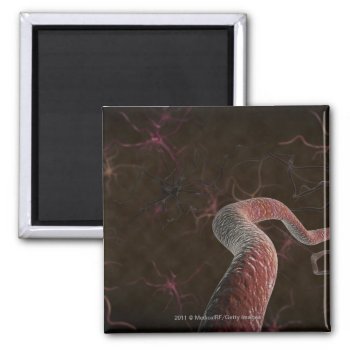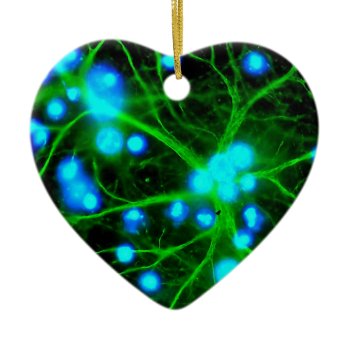a cool, urban and hipster design of this weird human face with the biological anatomy and skeleton with muscles, nerves, bones and lots of abstract bright colors splatter coming out of the head instead of the brain. a very modern art using retro technique. Great gift for scientific, goth, contemporary art lover. Perfect for any occasion
Continue reading
Tag Archives: nerve
Bright neon pink yellow abstract anatomical skull business card templates
a cool, urban and hipster design of this weird human face with the biological anatomy and skeleton with muscles, nerves, bones and lots of abstract bright colors splatter coming out of the head instead of the brain. a very modern art using retro technique. Great gift for scientific, goth, contemporary art lover. Perfect for any occasion
Continue reading
Digital rendering of neurons magnets
Neurons Copyright: MedicalRF.comA neuron ( / ˈ nj ʊər ɒ n / NEWR -on ; also known as a neurone or nerve cell ) is an electrically excitable cell that processes and transmits information by electrical and chemical signaling. Chemical signaling occurs via synapses , specialized connections with other cells. Neurons connect to each other to form neural networks . Neurons are the core components of the nervous system , which includes the brain , spinal cord , and peripheral ganglia . A number of specialized types of neurons exist: sensory neurons respond to touch, sound, light and numerous other stimuli affecting cells of the sensory organs that then send signals to the spinal cord and brain. Motor neurons receive signals from the brain and spinal cord, cause muscle contractions , and affect glands . Interneurons connect neurons to other neurons within the same region of the brain or spinal cord. A typical neuron possesses a cell body (often called the soma ), dendrites , and an axon . Dendrites are thin structures that arise from the cell body, often extending for hundreds of micrometres and branching multiple times, giving rise to a complex “dendritic tree”. An axon is a special cellular extension that arises from the cell body at a site called the axon hillock and travels for a distance, as far as 1 m in humans or even more in other species. The cell body of a neuron frequently gives rise to multiple dendrites, but never to more than one axon, although the axon may branch hundreds of times before it terminates. At the majority of synapses, signals are sent from the axon of one neuron to a dendrite of another. There are, however, many exceptions to these rules: neurons that lack dendrites, neurons that have no axon, synapses that connect an axon to another axon or a dendrite to another dendrite, etc. All neurons are electrically excitable, maintaining voltage gradients across their membranes by means of metabolically driven ion pumps , which combine with ion channels embedded in the membrane to generate intracellular-versus-extracellular concentration differences of ions such as sodium , potassium , chloride , and calcium . Changes in the cross-membrane voltage can alter the function of voltage-dependent ion channels . If the voltage changes by a large enough amount, an all-or-none electrochemical pulse called an action potential is generated, which travels rapidly along the cell's axon, and activates synaptic connections with other cells when it arrives. With the exception of neural stem cells and a few other types of neurons, neurons do not undergo cell division . In most cases, neurons are generated by special types of stem cells . Astrocytes , a type of glial cell , have also been observed to turn into neurons by virtue of the stem cell characteristic pluripotency . In humans, neurogenesis largely ceases during adulthood—only for two brain areas, the hippocampus and olfactory bulb , is there strong evidence for generation of substantial numbers of new neurons.Description above from the Wikipedia article Neuron, licensed under CC-BY-SA full list of contributors here. This page is not affiliated with, or endorsed by, anyone associated with the topic.
Continue reading
Visual System Poster
Ventral aspect of the human brain: Showing afferent pathway of the visual sensory system. Medium: Fine graphite pencil, white and dark sepia chalk pencil and watercolour pencil.
Continue reading
Astrocyte Are Star Shaped Glial Cells in the Brain Christmas Ornaments
Astrocytes (etymology: astron gk. star, cyte gk. cell), also known collectively as astroglia, are characteristic star-shaped glial cells in the brain and spinal cord. They perform many functions, including biochemical support of endothelial cells that form the blood–brain barrier, provision of nutrients to the nervous tissue, maintenance of extracellular ion balance, and a role in the repair and scarring process of the brain and spinal cord following traumatic injuries. Image reproduction rights can be found in the link near the bottom of this description.This image has been digitally filtered to reduce blurring. All Rights Reserved; without: prejudice, recourse or notice (U.C.C. 1-308) Image Reproduction Rights:http://commons.wikimedia.org/wiki/File:Astrocyte.jpg
Continue reading





